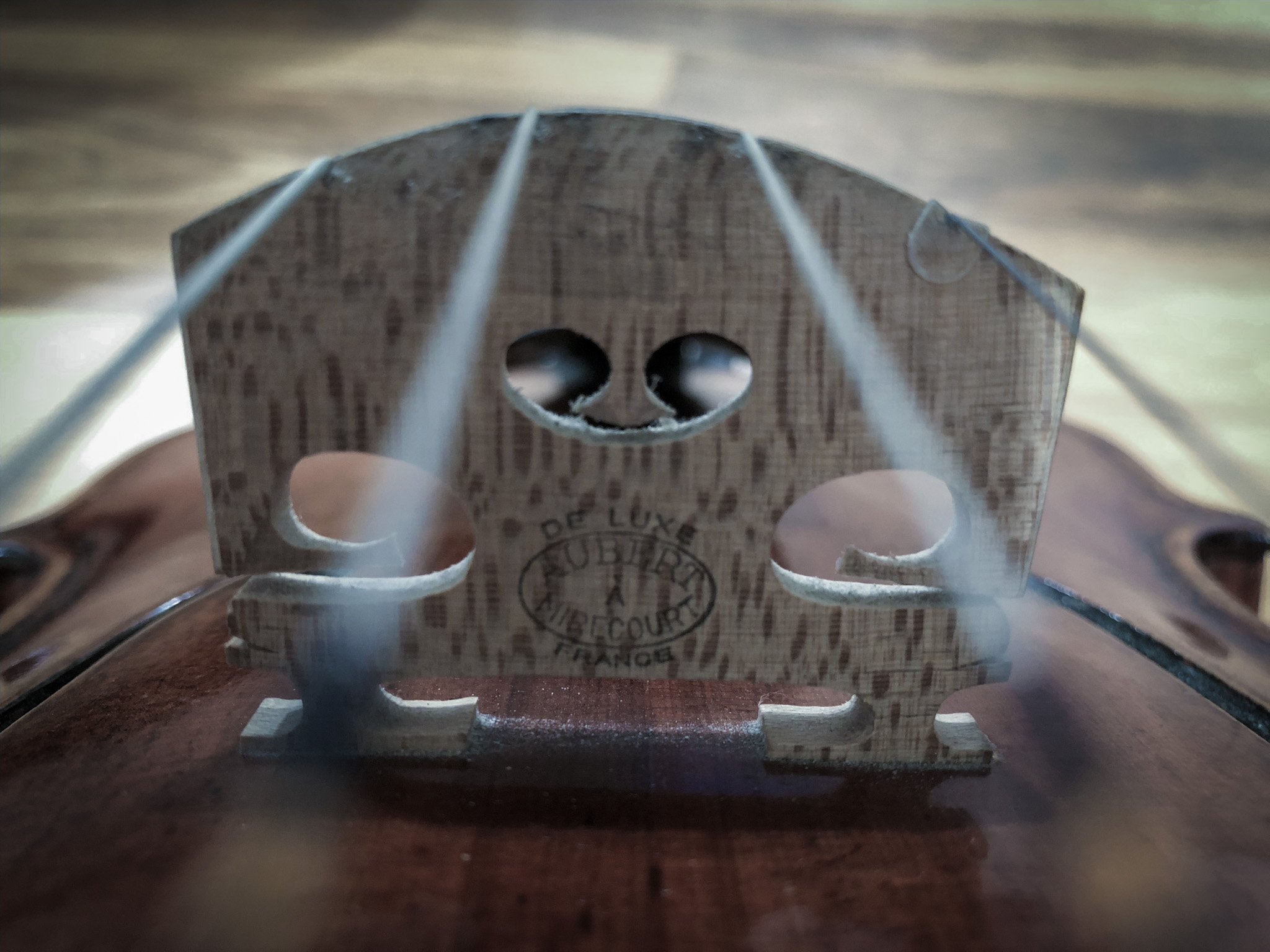
Start improvising
Ready to begin? Check out this track
For beginners:
The open D string will always fit in the chord. Have your class play the D string in whatever rhythm they’d like! It could be long notes, familiar rhythms, sul pont, loud, quiet, whatever they want! The point is just to make a noise that isn’t from a page. Play along with them for encouragement; and after they get the hang of it, offer to let enthusiastic individuals or small groups take a solo for a few seconds.
For intermediate players:
Sure, the open D string always fits, but why stop there? Try any note from the D major scale, walking up and down (or, if you’re feeling adventurous, skipping). If you hit a note that doesn’t sound quite right, no worries - just move to the next note up or down, and it’ll probably sound great.
Have your students take some familiar tunes they’ve played before and see if they’ll fit over the chord changes. If they don’t fit, challenge them to change it up so they do. Still doesn’t fit? No problem, tell them to pick a different tune they remember or even come up with their own! The only catch is: no notation in front of them.
You can use this as a warm up, before or after others you’re already used to doing. You could use this as an activity to occupy students while you walk around the room and help with tuning, or correcting bow holds and other technical habits. Or, heck, dedicate a whole segment of class to working on improv skills. There’s no right or wrong time!
Just like developing any other skill, the secret to improvising is to just do it consistently and mindfully.
More Tracks
-
Try out this ambient and spooky track to get over the fear of playing a “wrong note.” In this horror-movie-esque ambience, nothing could possibly sound wrong.
LINK
-
Practice switching between moods with this track. Alternate between attacking your instrument with vigor, using a D major scale centered around note note E (E dorian), and entering a calm, serene dream world with sustained notes.
LINK
-
The “chill” track
LINK
More Ways to Explore
Check out the YouTube channel to access all the free tracks, as well as teaching tips and other content.
LINK
Visit our Patreon for additional tracks, full pieces of repertoire for performance, and even more detailed teaching suggestions.
LINK



